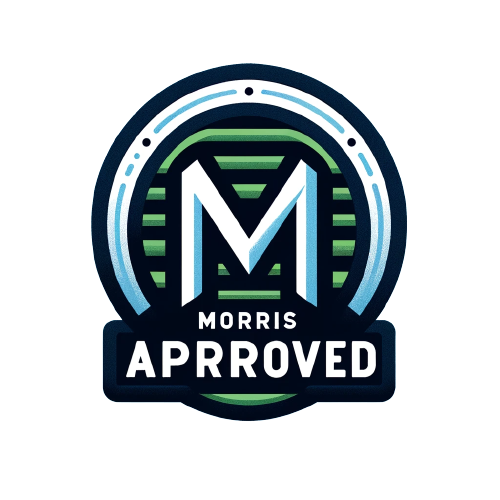In the realm of mobile technology, tablets have emerged as versatile devices straddling the line between smartphones and laptops. Their portability, combined with increasing computational power, makes them a popular choice for professionals and creatives alike. However, the use of tablets for productivity comes with its set of advantages and challenges. This article explores the pros and cons of leveraging tablets to enhance productivity, providing insights into how these devices fit into the modern workflow.

Pros of Using Tablets for Productivity:
Portability:
One of the most significant advantages of tablets is their portability. Lightweight and compact, they are ideal for on-the-go tasks, from checking emails to participating in video conferences. This mobility allows professionals to stay productive regardless of their location, breaking free from the confines of a traditional office setup.
Versatile Functionality:
Tablets offer a range of applications and tools designed for productivity. Whether it’s document editing, project management, or digital art creation, there’s likely an app for it. The touchscreen interface, often complemented by styluses, provides an intuitive user experience that can enhance creative tasks and note-taking.
Connectivity:
With options for Wi-Fi and cellular data, tablets ensure that users are always connected. This constant connectivity is crucial for real-time collaboration, access to cloud services, and staying updated with the latest information, making tablets a valuable tool for dynamic work environments.
Battery Life:
Compared to laptops, tablets often boast longer battery life, reducing the need for frequent charging. This endurance is beneficial for long workdays or when power sources are scarce, ensuring that productivity isn’t hindered by hardware limitations.
Cons of Using Tablets for Productivity:
Limited Multitasking:
Despite advancements in tablet OS capabilities, multitasking can be less efficient than on a traditional laptop or desktop. The smaller screen size and mobile operating systems may limit the ability to run multiple applications simultaneously or display them side-by-side effectively.
Software Limitations:
While there is a vast array of apps available for tablets, they may not always match the full functionality of their desktop counterparts. Professionals relying on specialized software may find tablets lacking in the depth of features required for complex tasks.
Ergonomics and Input:
Long-duration typing and detailed work can be challenging on a tablet’s touchscreen interface. The lack of a physical keyboard and mouse (unless additional accessories are used) can lead to discomfort and reduced efficiency for some users, particularly for tasks that require extensive typing or precision.
Storage and Processing Power:
Although high-end tablets are closing the gap, they may still fall short of the processing power and storage capacity offered by laptops and desktops. This limitation can be a bottleneck for resource-intensive tasks like video editing, 3D modeling, or handling large datasets.
Finding the Balance
The key to maximizing productivity with tablets lies in understanding their strengths and limitations. For many, tablets serve as a complement to traditional computing devices, offering a convenient alternative for specific tasks rather than a complete replacement. Identifying tasks that benefit from a tablet’s unique features can enhance workflow efficiency without compromising on the demands of more complex projects.
Conclusion
Tablets have carved a niche in the mobile technology landscape as powerful tools for enhancing productivity. Their portability, versatility, and connectivity make them appealing for a range of professional tasks. However, considerations around multitasking capabilities, software limitations, ergonomics, and processing power are crucial in determining their suitability for individual workflows. By weighing the pros and cons, professionals can strategically integrate tablets into their productivity toolkit, harnessing the best of mobile technology to achieve their goals.
